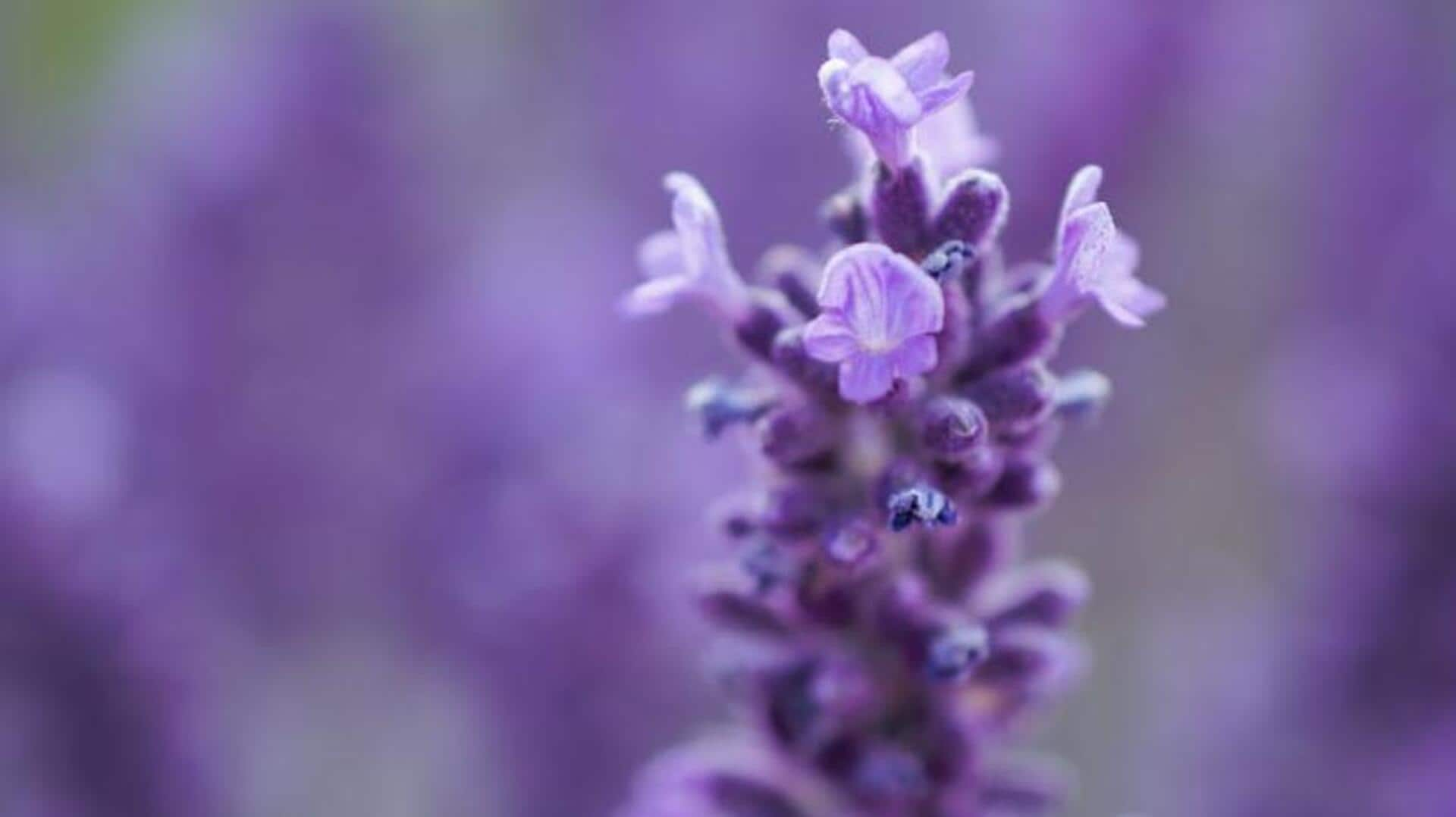
Cultivating lush lavender: 5 essential care insights
What's the story
Lavender, with its beautifully fragrant flowers and multitude of uses, holds a special place in many gardens. However, this Mediterranean plant requires specific conditions to truly thrive. This article provides five essential tips for growing healthy lavender. Choosing the right soil to knowing when (and when not) to water, these tips will help gardeners cultivate vibrant and healthy lavender gardens.
Location
Selecting the perfect spot
Lavender requires a minimum of six hours of direct sunlight per day to flourish. Choosing a site with plenty of sun is essential for their robust growth and abundant flowering. Lavender also favors well-drained soil; waterlogged conditions can lead to fungal diseases and root rot. Making sure your planting site fulfills these conditions is key to maintaining healthy and vibrant lavender plants.
Soil composition
The right soil matters
Lavender loves alkaline soil. Aim for a pH between 6.7 and 7.3. If your soil is on the acidic side, adding lime will raise the pH to lavender's liking. Perfect lavender soil is light, loose, well-draining, and full of organic goodness. Do yourself a favor and test that pH before planting. A little amendment goes a long way in creating a lavender paradise.
Irrigation
Watering wisely
The most common mistake people make when caring for lavender plants (which are native to the Mediterranean region) is overwatering. While established plants are drought-tolerant, young lavenders do require attentive watering during their first growing season to establish robust root systems. The key is to provide deep, infrequent waterings that let the soil dry out thoroughly between sessions, rather than frequent, shallow sprinkles.
Maintenance
Pruning for prosperity
Pruning is not only vital for shape but also for promoting vigorous growth in lavender plants. By annually pruning back one-third of the plant after flowering, you can prevent it from becoming woody and sparse over time. This practice encourages new growth from the base of the plant each spring, resulting in fuller bushes and more plentiful blooms.
Nutrition
Fertilizing fundamentals
While lavender isn't a demanding plant in terms of nutrition, a little bit of fertilization can go a long way in promoting its growth and flowering potential. A balanced slow-release fertilizer applied once at the start of spring, or a modest amount of compost incorporated into the soil, can offer a gentle nutrient boost without overloading the plant or disrupting the soil's desirable characteristics.